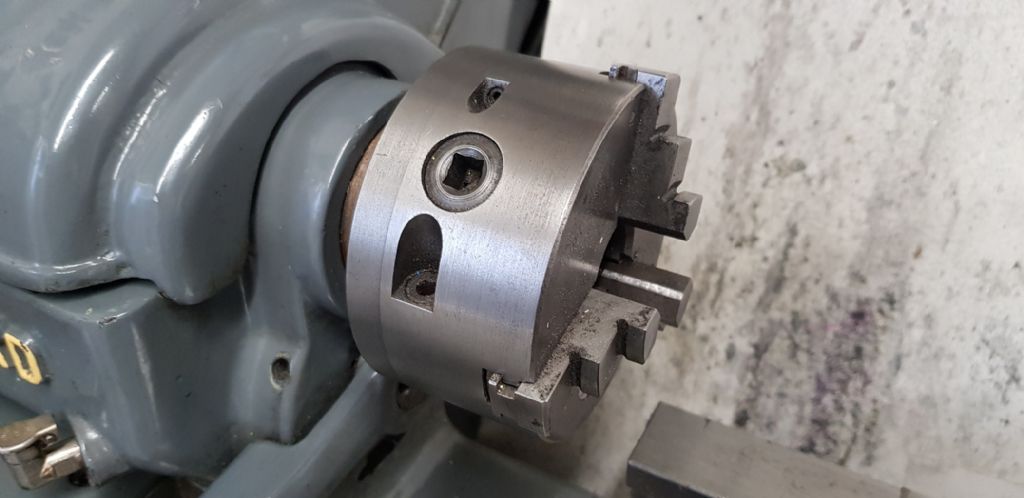My take for what it's worth!
Whether or not the fixing screws need to be slackened to adjust the chuck has been argued since they first appeared. Myford didn't know, and it took a long time to get a statement out of Bernerd. Their view is repeated as a correction to the article posted by ega earlier in this thread:

So the maker says the fixing bolts should not be touched. Yet the suggestion they need to be slackened pops up in Model Engineering as regularly as Xmas. Owners don't believe Bernerd.
I think the answer to the paradox lies in the question: "What could possibly go wrong?"
Several things!
First, the range of adjustment is tiny, perhaps smaller than common-sense suggests is reasonable. A Griptru might be forced bending one or more of the wedging screws.
Second, Pratt Bernerd's instructions (also in ega's post) make it clear that the adjusters are worked in a particular way. If the chuck is operated by the sort of optimist who never reads instructions, then he might well work the adjusters in opposition, jambing the device. If he also has gorilla instincts, the adjusters could be forced. Maybe many times in the hands of a persistently heavy-handed owner.
Third, some people can't stop themselves dismantling their toys, even though they don't know how to put how to put them back together! Or after several years service a chuck is taken apart for a clean. My guess is the fixing screws are tightened to a particular torque in the factory, and some amateurs tighten them excessively. Some Lads believe tighter is better and ensure it by whacking their spanner extender with a big hammer. Ignorance is bliss.
Fourth, years of corrosion and gunge is likely to gradually increase friction between the chuck body and backplate causing the mechanism to stiffen up. Again, some owners will force the adjusters, maybe causing damage.
If the fixing screws are too loose, the chuck will rotate slightly independent of the adjusters, again with risk of damage.
The answer? I suggest the fixing screws are torqued to a specification such that friction between chuck and backplate is somewhat lower than wedging screw force. As a screw-driven wedge is an excellent force multiplier, I'd expect the fixing screws to be more than finger-tight, perhaps another turn or so, but not vigorously tight. I'd experiment until as Bernerd say "no great force is needed to operate the adjusting screws".
Although the mechanism is solidly built, make sure the wedge screws haven't been bent by an enthusiast. If bent the mechanism won't work properly. Otherwise I suggest there's no need to touch the fixing screws provided they've been tightened correctly and the moving surfaces are clean.
Dave
John Hall 7.




 and this one I see as a light duty chuck with the benefit of being able to clock it in like a 4 jaw for every job.
and this one I see as a light duty chuck with the benefit of being able to clock it in like a 4 jaw for every job. 

